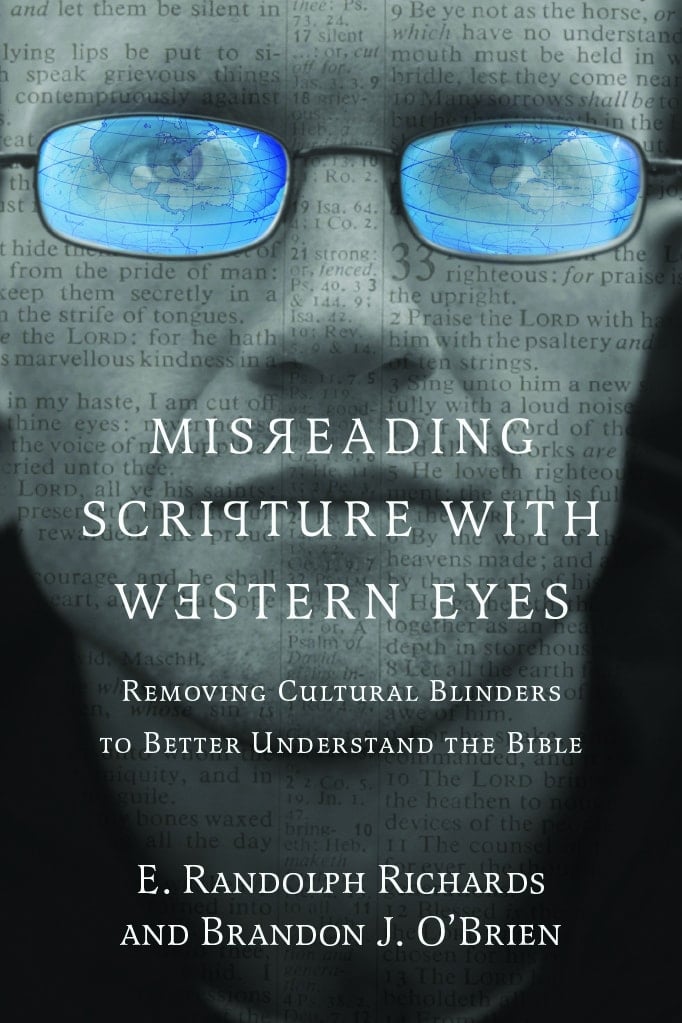Misreading Scripture With Western Eyes, E. Randolph Richards and Brandon J. O’Brien, InterVarsity Press, Westmont, Illinois, 2012, 240 pages, paperback, US$12.49. Reviewed by Rajkumar Dixit.

It is not uncommon for a reader to read through the lenses of their own culture. With the Bible we sometimes forget we are reading a document that is thousands of years old and from a different part of the world. Its culture and manners will differ from a Western, postindustrial worldview. These differences include time, setting, language, and cultural norms, all of which help communicate an author’s intent. But the book before us is a fine example of how academia and easy-to-understand lay language can create a vital dialogue.
The authors delve into some common problems contemporary Bible readers face, and provide appropriate case studies from the Bible, enhanced by their personal experiences from working in multicultural settings—Richards, in Asia as a missionary; O’Brien, from England, but traveling throughout the world.
Their book addresses many possible misinterpretations. Major biblical themes dealt with include race versus ethnicity, individualism versus collectivism, rules versus relationships, and many more. Chapter 3 (“Just Words?”) points out the difficulties of having no appropriate word in our language that equates to the nuanced meaning of the original word. One example is the Greek word makarios, translated “blessed” or “happy.” The authors observe: “Sociologists suggest that people have a difficult time describing or even identifying something that they don’t have the vocabulary for. Some even suggest that one can have a hard time experiencing something for which one has no corresponding word” (p. 75). Cultural and linguistic nuances can certainly create difficulties when interpreting Scripture.
Chapter nine clearly states the book’s thesis: “It’s All About Me: Finding the Centers of God’s Will.” Ironically, perhaps, the example of their aim is the overused and oft-misunderstood passage from Jeremiah 29:11: “ ‘I know the plans I have for you,’ declares the Lord.” The point is that Americans, mostly reading Scripture through an individualist lens, apply the promise personally, whereas the Lord’s promise through Jeremiah is being stated for the wider community.
Authors Richards and O’Brien share various passages of Scripture through a modern lens, helping the reader to better appreciate the difference it produces. This is one of the best books on theology and contextualization I have read in many years. Where was it when I was in seminary?
Rajkumar Dixit, D.Min., BCCC, BCPC, an ordained Adventist minister, works as a chaplain in hospice and palliative care, and has taught courses in theology and religion for 20 years.
Reviews and commentaries about books, films, or other items do not constitute endorsement by the editorial staff of Adventist Review Ministries.